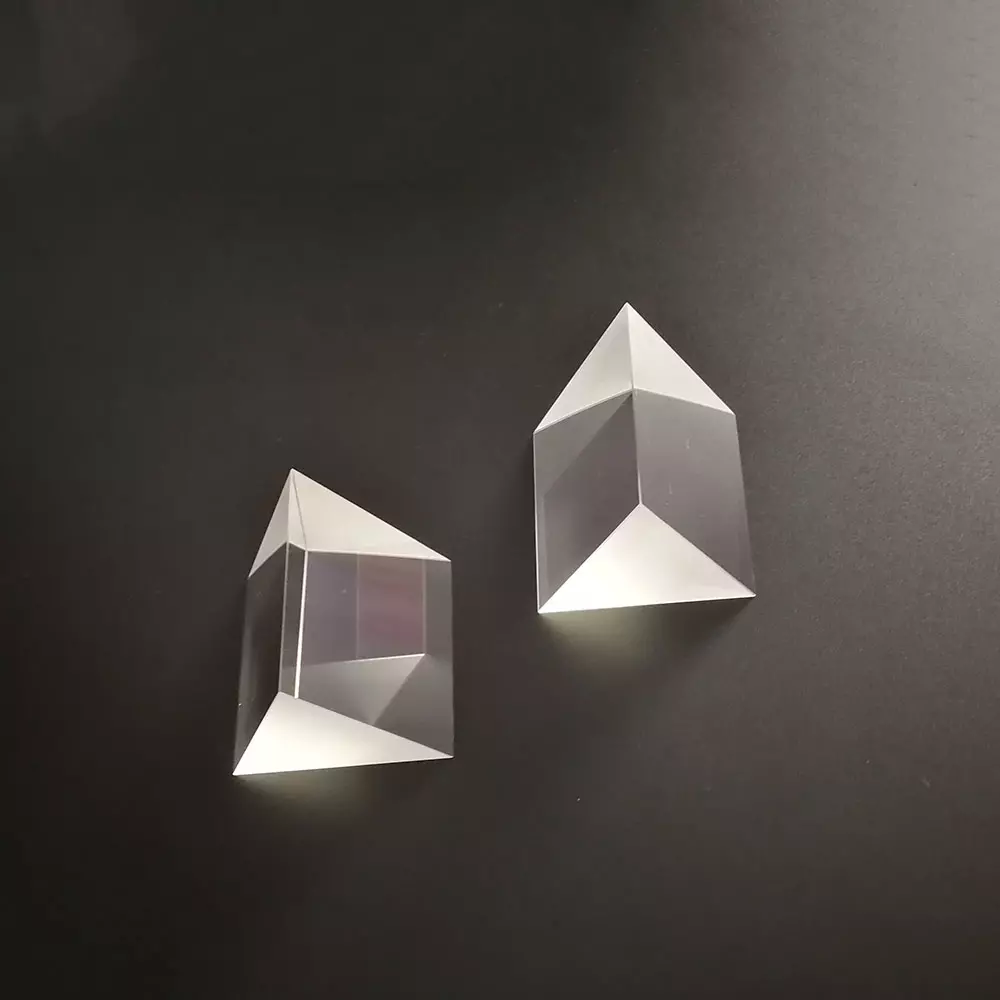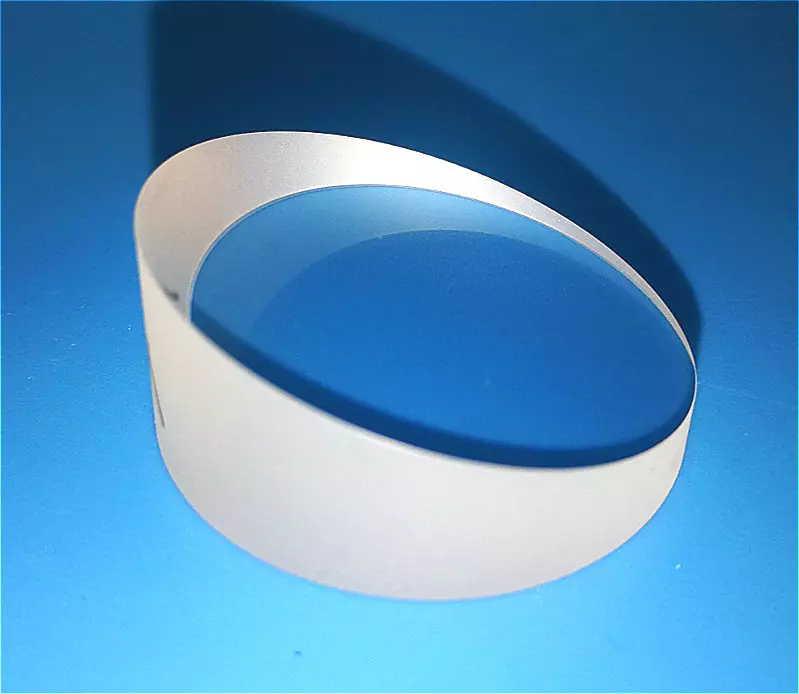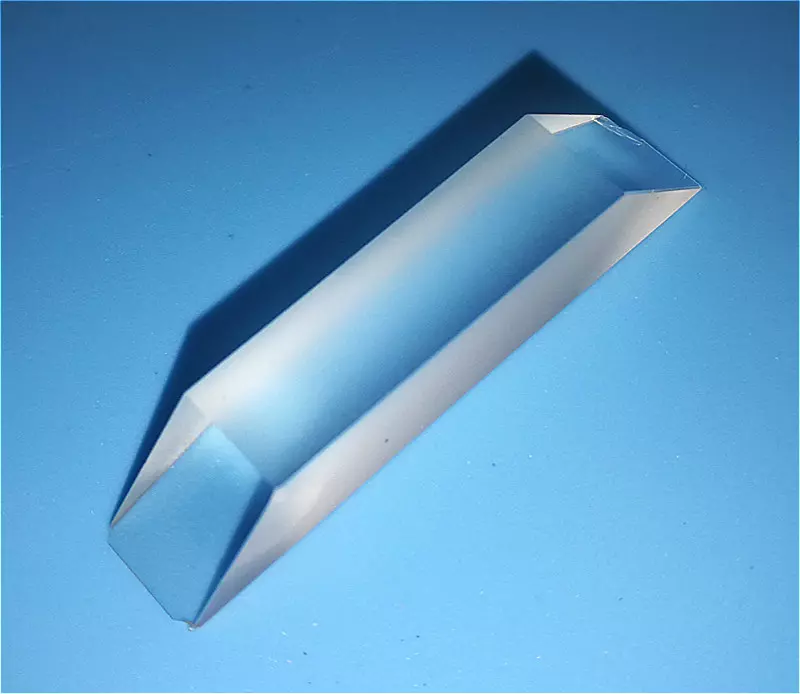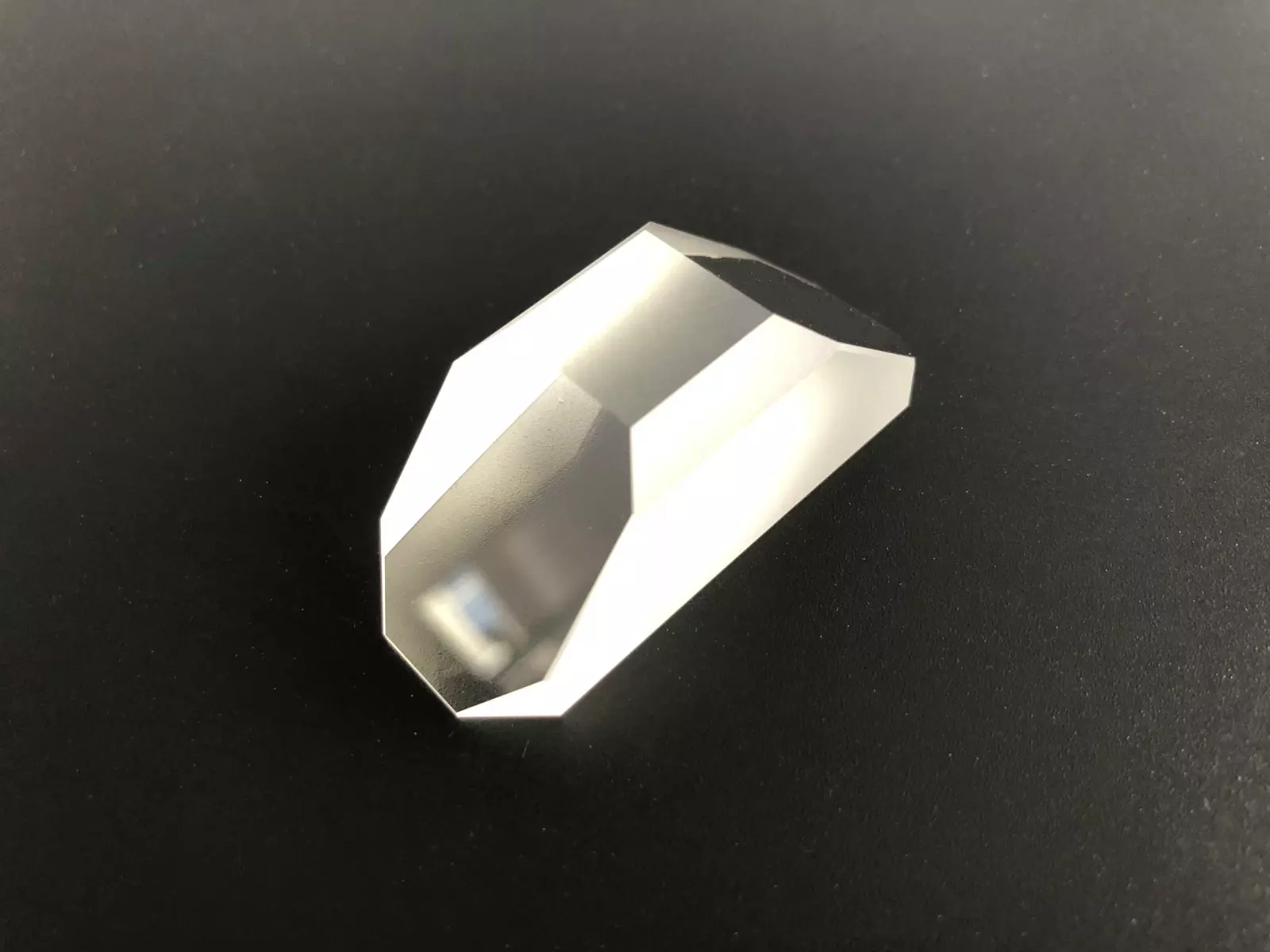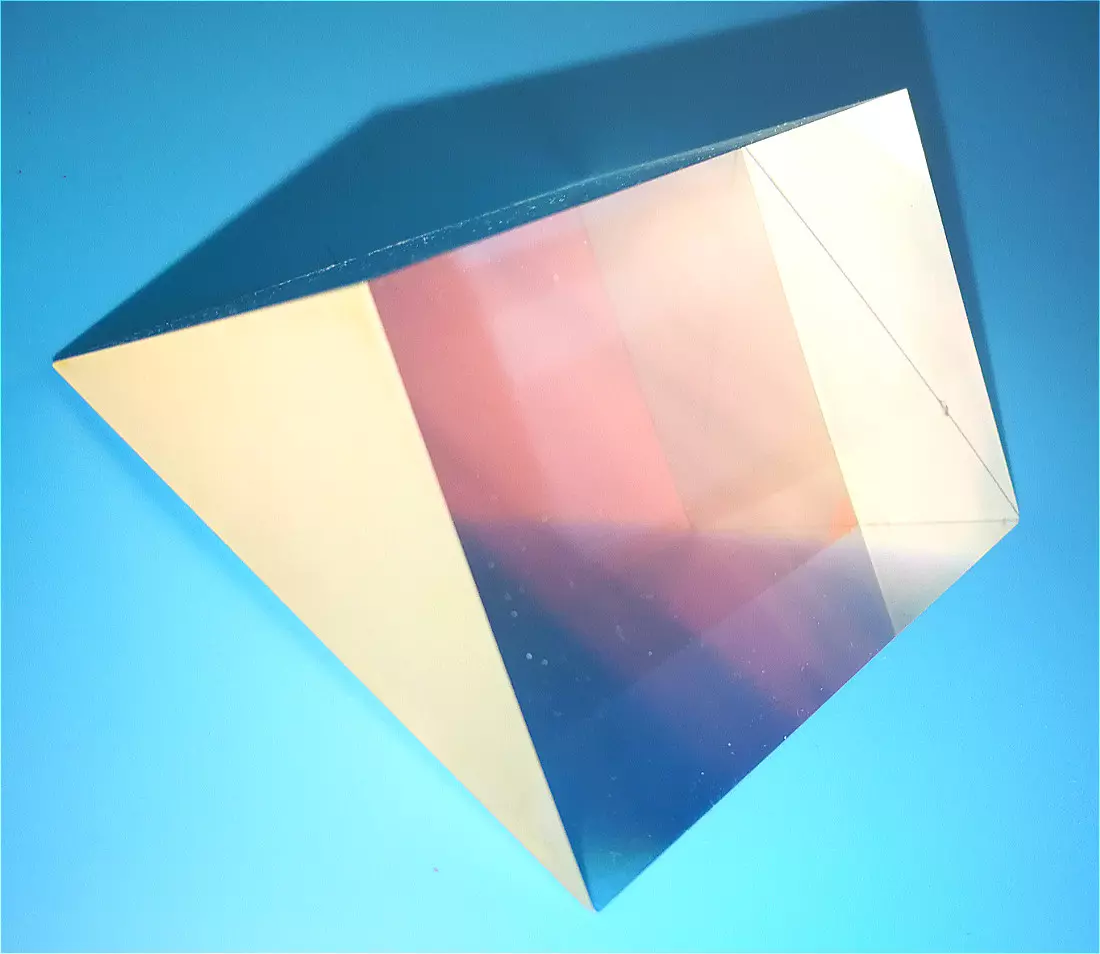A prism is an essential optical component used to manipulate light in various applications, from scientific research to advanced imaging systems. These precision-engineered elements can bend, reflect, and disperse light, making them integral to optical instruments, including cameras, lasers, and spectrometers. High-quality optical prisms ensure minimal distortion and maximum light efficiency, contributing to superior image clarity and performance.
Precision Optical Prisms for Beam Control & Imaging Systems
Optical technology relies on crystal prisms to control and direct light paths with precision. These components are crafted from high-purity glass prism materials to deliver consistent performance in applications requiring stringent optical accuracy. Used in everything from laser alignment systems to advanced metrology, optical prisms play a vital role in manipulating light efficiently.
Types of Optical Prisms and Their Applications
- Right-Angle Prisms: Right-angle prisms are among the most commonly used optical components. These elements are employed in periscopes, binoculars, and laser systems to redirect light paths at a 90-degree angle. Thanks to their versatility, they find applications in industrial imaging and scientific instrumentation, where beam deviation and total internal reflection are crucial.
- Dispersive Prisms: Dispersive crystal prisms, such as equilateral and Littrow prisms, separate light into its constituent wavelengths. These optical components are indispensable in spectroscopy, laser tuning, and color analysis systems. Made from specialized glass prisms, dispersive optics are optimized for minimal chromatic aberrations and superior dispersion efficiency.
- Beam-Splitting Prisms: Beam-splitting optical prisms divide an incoming light beam into two or more paths, making them critical in interferometry, fiber optics, and imaging systems. They enhance optical efficiency in devices such as microscopes and heads-up displays by effectively distributing light across multiple channels.
- Dove Prisms: Dove prisms are unique optical components that rotate an image without altering its orientation. These precision elements are used in astronomy, image processing, and beam rotation applications where accurate image inversion is necessary.
Key Features of High-Quality Optical Prisms
- High Optical Clarity – Premium glass prisms are manufactured from high-purity optical glass with minimal inclusions or imperfections. The use of advanced coatings enhances light transmission, ensuring superior optical performance.
- Precision Surface Quality – Optical manufacturers adhere to stringent surface accuracy specifications to prevent aberrations and distortions. High-end optical prisms feature finely polished surfaces with minimal roughness, resulting in exceptional clarity and minimal scattering.
- Custom Coatings for Enhanced Performance – To improve light transmission and reflection properties, prisms often receive custom anti-reflective (AR), dielectric, or metallic coatings. These specialized treatments reduce light loss and enhance optical efficiency in demanding applications.
Applications of Optical Prisms in Modern Technology
- Laser Systems and Beam Steering: High-precision crystal prisms are widely used in laser optics for beam steering, alignment, and expansion. These prisms help direct laser beams with minimal energy loss, making them ideal for industrial cutting, medical applications, and scientific research.
- Imaging and Display Technologies: Glass prisms play a crucial role in imaging applications, such as high-resolution cameras, projectors, and augmented reality (AR) systems. By controlling light paths effectively, these prisms contribute to enhanced image sharpness and color fidelity.
- Spectroscopy and Optical Analysis: In spectrometers and optical analyzers, dispersive optical prisms enable precise wavelength separation. These prisms are essential in chemical analysis, environmental monitoring, and astrophysics for accurate spectral measurements.
- Biomedical and Scientific Instruments: Optical prisms find extensive applications in medical imaging, endoscopy, and diagnostic instruments. Their ability to direct and manipulate light efficiently enhances visualization in minimally invasive procedures and laboratory research.
Choosing the Right Optical Prism for Your Needs
Selecting the optimal prism depends on several factors, including material composition, surface quality, and coating options. When choosing an optical prism, consider the following:
- Material Quality – Opt for high-purity glass prisms with excellent transmission properties.
- Surface Accuracy – Look for precisely polished surfaces with minimal deviation.
- Coating Requirements – Choose appropriate coatings to enhance reflectivity or reduce glare.
- Application-Specific Design – Ensure the prism’s geometry aligns with its intended optical function.
We offer fast and secure shipping of optical prisms across the USA and Europe, ensuring timely delivery for scientific, industrial, and imaging applications. Our trusted logistics network guarantees safe handling and efficient transit, so you receive high-quality crystal prisms without delays. Experience hassle-free international shipping with our reliable service.
Our Ordering Process
Send us your request with detailed specifications
Receive a commercial offer with terms and costs
After your approval, we handle manufacturing, quality control, and shipping
📦 Shipping
3-5 days in EU, from 10 days to USA
💳 Payment methods
Cash, Bank Transfer, Cards (Visa, Mastercard, Amex, Discover) and PayPal
💬 Questions?
Contact us via WhatsApp, phone, live chat or email
